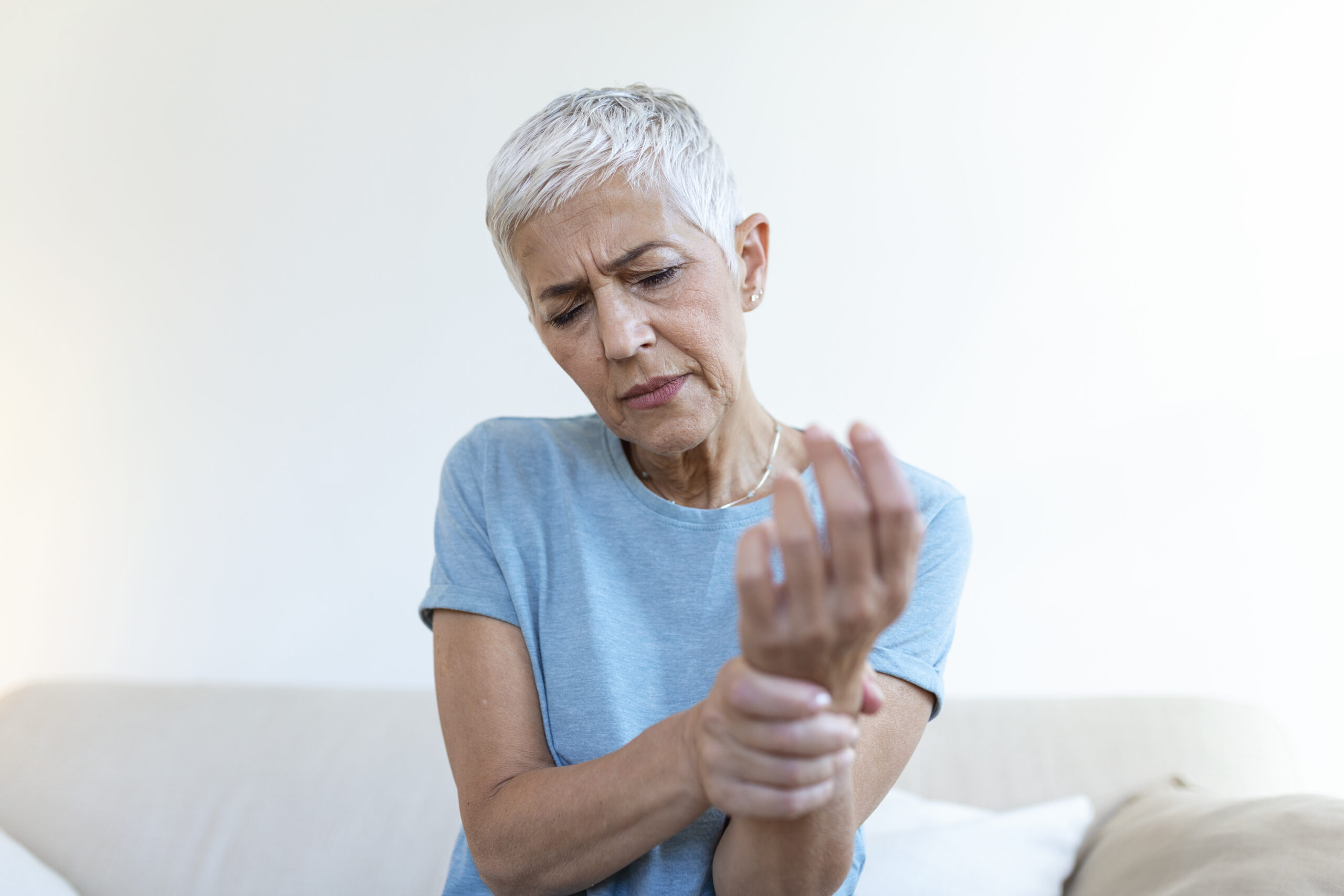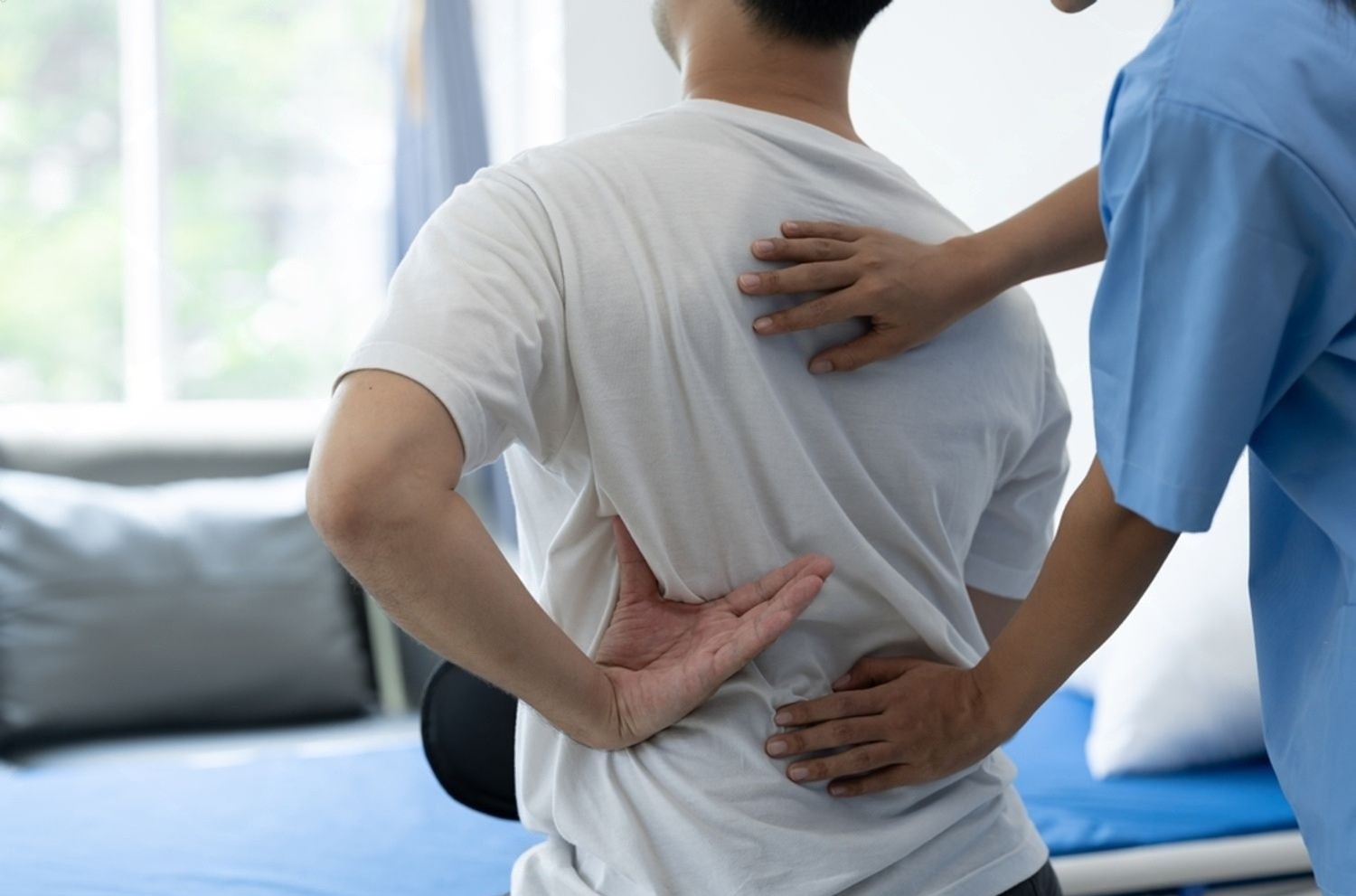What are Custom-Made Orthotics?

Custom-made orthotics are medical devices that help manage structural and functional deformities of the foot and lower legs. For example, it helps reduce heel pain often associated with plantar fasciitis by redistributing pressure evenly throughout the affected foot. It also helps with bunions, metatarsalgia, flat feet and various forms of gait abnormalities. The devices are custom-made to particularly address your problems and restore the optimal function of your lower extremities. You wear them inside your shoes, preferably the ones with a removable insole.
Definition of Orthotics
Orthotics are corrective devices that optimize the function of the feet. There are two types of orthotics where pre-fabricated orthotics are readily available over the counter to treat foot and ankle problems in general.
Custom foot orthotics, on the other hand, are tailor-made to address specific foot problems and are prescribed by healthcare professionals. The custom-made foot orthotics are unique for every individual.
| Off-the-Shelf Orthotics | Custom-made orthotics |
| Pre-made and fits a generic shoe size | Tailored to the individual’s specific foot problems |
| Limited or no scope of customization | Completely customized |
| Standard material but less durable | Durable materials of high quality |
| Fixed adjustments | These can be adjusted to ensure optimal fit |
| Suitable for generic use | Suitable for specific foot conditions like flat feet or bunions |
You can read more about the comparison here.
This blog discusses how custom-made orthotics are made and how they help people make informed decisions for themselves. Let’s begin.
Types of Custom-Made Orthotics
Your foot specialist prescribes either of the two types of orthotics- functional and accommodative.
Functional Orthotic Devices
Functional orthotics correct biomechanical disorders in the feet and enhance overall alignment and movement. These medical devices address underlying issues related to foot mechanics like overpronation or supination.
The key purpose of functional orthotics is to align the lower body and feet and enhance gait and posture. These are the most common prescriptions for patients with flat feet, plantar fasciitis, shin splits or joint pain in the lower extremities.
Accommodative Orthotic Devices
Accommodative orthotics provide the necessary comfort, cushioning and support to specific areas of the foot. It doesn’t focus on altering biomechanics. These are ideal for people with foot sensitivity, chronic foot conditions and foot deformities.
The key purpose of accommodative devices is to relieve pressure off the feet. It is designed to distribute body weight evenly and mitigate pain. People with foot ulcers or severe arthritis may benefit from this type of custom-made orthotics.
How Does the Custom-made Orthotics Process Work?
The process works in three crucial stages- prescription, construction and dispensation.
The authorized professional assesses your foot problems and conducts some tests to prescribe the right type of orthotics specific to your conditions. Then they manufacture the orthotics from appropriate materials based on the prescription. Finally, the professional guides you on how to wear them and for how long.
Prescribing the right Custom-made Orthotics
Functional orthotic devices
Functional orthotics are specific to the patient and their needs. The foot specialist prescribes functional orthotics after performing the following biomechanical tests to record the patient’s exact measurements.
The biomechanical tests assess the following factors:
- Range and quality of motion of various structures like spine, hip, knee and ankle joint
- Position of the forefoot, subtalar joint, rearfoot and ankle joint complex
- Muscle strength
- Stance position
- Limb length in particular circumstances
- Gait evaluation
- Posture
Accommodative orthotic devices
Accommodative devices are designed to reduce stress on certain areas of the foot. These are also customized based on a thorough biomechanical test where exact measurements of the patient are taken.
The biomechanical tests assess the following factors:
- Range and quality of motion of various structures like spine, hip, knee and ankle joint
- Position of the forefoot, subtalar joint, rearfoot and ankle joint complex
- Muscle strength
- Stance position
- Limb length in particular circumstances
Manufacturing the Orthotics
Professionals manufacture the orthotics, whether functional or accommodative, based on the prescription. They use a 3D cast to capture the exact contours of your feet in their optimal functional position. The casting techniques may differ according to your unique needs. The common methods of casting include foam box casting, laser/optical scanning, wax moulding and plaster slipper casting.
Dispensing Orthotics
Once the device is ready, the professional schedules a dispensing appointment with you. They ensure that the product fits you and your footwear. You also get thorough guidance on how to lead a normal daily life wearing a pair of orthotics.
What Conditions Custom-made Orthotics Help Treat?
The purpose of customizing foot orthotics is to enable your feet and lower extremities to function at their highest potential. They provide cushioning to aching heels and support to foot deformities while improving the overall functioning of your foot and ankles.
Here are the most common conditions effectively treated by custom-made orthotics:
- Flat feet- Improves alignment and reduces discomfort.
- Plantar Fasciitis- Reduces heel pain.
- Bunions– Relieves pressure on the big toe joint.
- Arthritis- Provides stability to stiff joints.
- Heel Spurs- Minimizes discomfort in the heel.
- Diabetic Foot Problems– Prevents common ulcers or pressure sores.
- Knee, Hip and Back Pain– Corrects gait and alignment.
- Sports Injuries– Prevents and manages injuries like shin splints.
- Overpronation– Keeps foot mechanics in balance.
10 Signs You Need Customized Orthotics
- Ongoing pain and discomfort in the arches heels or balls of the feet
- Joint pain in the lower back, knee or hip due to poor foot alignment
- Structural disorders like flat feet or high arches
- Difficulty walking or standing after prolonged activity
- Sharp heel pain often associated with plantar fasciitis
- Bunions or calluses which result from uneven pressure on the feet
- Lack of stability during movement
- Uneven wear and tear of shoe soles which results in biomechanical imbalances
Foot problems usually result from an underlying injury or biomechanical issue. Custom-made orthotics address the core of the problem, thereby restoring the function and improving the health of your lower extremities.
What to Expect from Your First Assessment?
You need to visit your podiatrist or physio after being prescribed a custom orthotic. These professionals are trained to assess and diagnose your foot problems and customize the orthotic accordingly. They also conduct a thorough evaluation of your foot’s biomechanics and underlying injuries to ensure that orthotics are the best treatment option for your problems.
Here’s what you can expect during your initial assessment:
Review of medical history
The physiotherapist or podiatrist records your symptoms, previous injuries and medical history. They may also ask questions about your lifestyle, and current and past footwear to understand your preferred fit, style, pattern and wear.
Evaluation of lower extremities
They perform a hands-on evaluation of your lower limbs to identify abnormalities. The professionals may examine your foot structure, range of motion, extent of damage to soft tissues, alignment, strength and more.
Analysis of gait
The professionals also observe how you walk to identify biomechanical abnormalities in both legs.
Casting of your foot
The professional takes a mould of your feet using various casting techniques. This ensures that the manufacturers have the exact structural measurements of your foot.
Dispensing and education
Finally, the foot specialist helps you wear the orthotics and explains their impact on your overall health. They guide you to walk properly wearing the orthotics inside your shoes. They educate you on the lifespan of orthotics and how to break in your new orthotics without feeling pain or discomfort.
Just like eyeglasses help us see clearly, custom-made orthotics help us move pain-free. Whether you struggle with flat feet or bunions, custom-made orthotics are specifically designed to address the problems and restore the full functionality of your feet and ankles. If you are looking for custom-made orthotics in Brampton, you can visit multidisciplinary clinics nearby such as Physiotherapy First.
Blog Categories
- Acupuncture Treatment (10)
- Ankle Sprain (1)
- Arthritis Treatment (1)
- Back Pain (23)
- Chiropractic Care (38)
- Tennis Elbow (1)
- Chronic Pain (5)
- COVID-19 (1)
- Custom Orthotics (6)
- Dizziness (4)
- Exercises (12)
- Foot Orthotics (6)
- Hamstring Stretches (2)
- Info Articles (3)
- Kids Injury (1)
- Laser Therapy (4)
- Massage Therapy (21)
- Neck Pain (16)
- Orthopedic (1)
- Osteoarthritis (5)
- Osteopathy (3)
- Pain Management (17)
- Physiotherapy Benefits (44)
- Physiotherapy Clinic (6)
- Physiotherapy Exercises (12)
- Physiotherapy Tips (25)
- Physiotherapy Treatment (100)
- Rotator Cuff (2)
- Shin Splints (1)
- Shoulder (2)
- Spine (4)
- Sports Physiotherapy (1)
- Uncategorized (1)
- Vestibular Physiotherapy (2)
- Work From Home (2)


